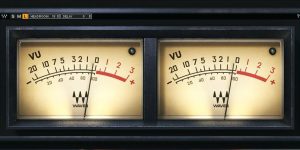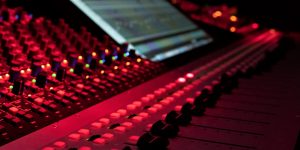Have you ever wondered how genres like hip-hop or electronic music conjure their distinctive magic? The answer lies in the art of sampling. So, what is sampling in music? Sampling is like musical recycling; it involves taking snippets, or “samples,” from existing songs and weaving them into new sonic tapestries.
In this article, I will walk you through the details of music sampling and reveal its techniques, creative wonders, and cultural significance.
History of sampling in music
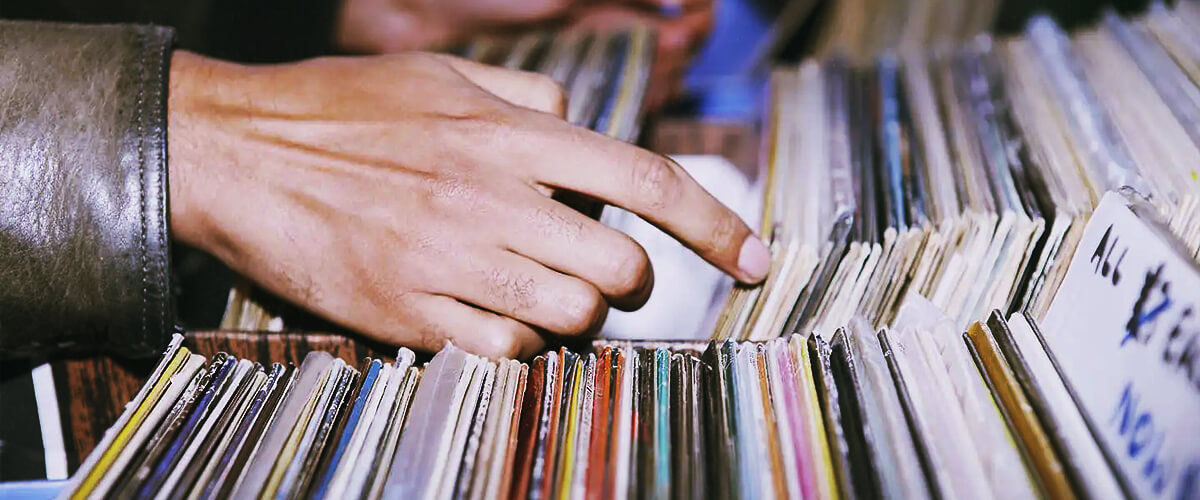
Sampling, like a funky musical time traveler, has a captivating past. Let’s dial back the years and groove through the history of this phenomenon.
Origins of sampling in music
Music sampling has a pretty cool history. It started back in the early 20th century with this avant-garde music thing called musique concrète. Creators used recorded sounds and thus crafted brand-new tunes. But the real deal began to take shape in the 1960s and 70s.
Evolution of sampling technology
And, of course, technology played a huge role. Early samplers, like the Mellotron and the Chamberlin, used analog tapes. Then came the digital revolution in the late 1970s and 80s. Devices like the Fairlight CMI and the E-Mu Emulator made the process way easier. Now, you can tweak sounds with a few button presses.
Emergence of sampling in hip-hop music
But it was hip-hop that put this process on the map. In the late 70s and early 80s, DJs and producers in the Bronx, New York, started playing around with turntables. They’d grab bits from funk and soul records, looping beats and creating something entirely new. This laid the foundation for hip-hop’s iconic sound and made the process a big deal in modern music.
So, as we dive deeper into this snippet stuff, you’ll see how it shook up music across different genres and became a major player in shaping today’s tunes.
Techniques of sampling in music
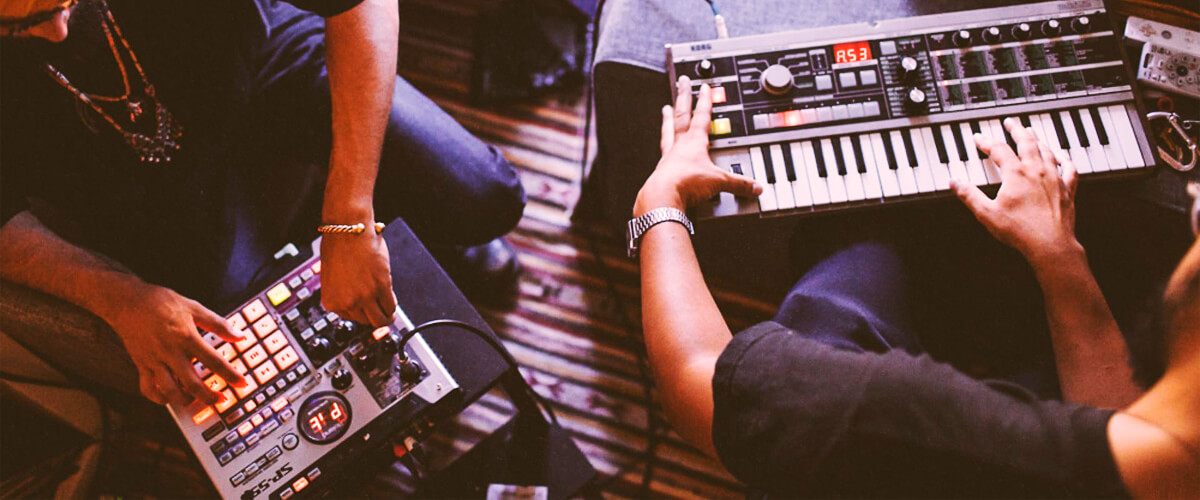
Want to start sampling? Let’s get down to the nuts and bolts of how this works. Musicians and producers use a variety of techniques, whether through advanced Digital Audio Workstations (DAWs) or old-school hardware, to transform existing sounds into something entirely new.
Looping and chopping techniques
Looping and chopping are two essential techniques in the process. Looping is taking a small snippet of music and repeating it to create a new rhythm. Chopping involves breaking a snippet into smaller pieces and reassembling them in a different order. I love both of these methods because I regard them as musical puzzles. They turn bits and pieces into something fresh.
Layering and combining samples
Layering and combining snippets is where the real creativity shines. Imagine you have a soulful vocal, a funky bassline, and a classic drum beat. By stacking these snippets, you create a unique blend. At such moments, I imagine myself as a chef mixing different ingredients to cook up a musical dish.
In short, I advise you to approach this process as more than just a tech skill. Think of it as a creative pursuit or even a respect for the music that inspires you.
Controversies surrounding sampling in music
Now, let me tell you about the legal intricacies of sampling in music, often referred to as “music sampling laws.” As someone who’s been in the music game for a while, I can tell you it’s not all harmonious melodies and groovy beats.
Here are some of the challenges:
- Copyright minefield: Processing someone else’s music without the proper permissions can lead to serious legal troubles. Think of it this way: if you’re building a house, you can’t just snag bricks from your neighbor’s yard. You buy them or ask for permission. Sampling works similarly; you need the green light to use someone else’s audio material.
- Equitable сompensation: It’s only fair that creators receive just compensation for their artistry. Sampling without the right permissions takes away their well-deserved rewards, and that’s just not cricket.
- Honoring the source: Recognizing and giving credit where it’s due is a fundamental aspect of the audio world, akin to tipping your hat to those who paved the way.
Explore these issues not exclusively to stay out of trouble. Do it out of respect for the art of others.
Finding samples for music production
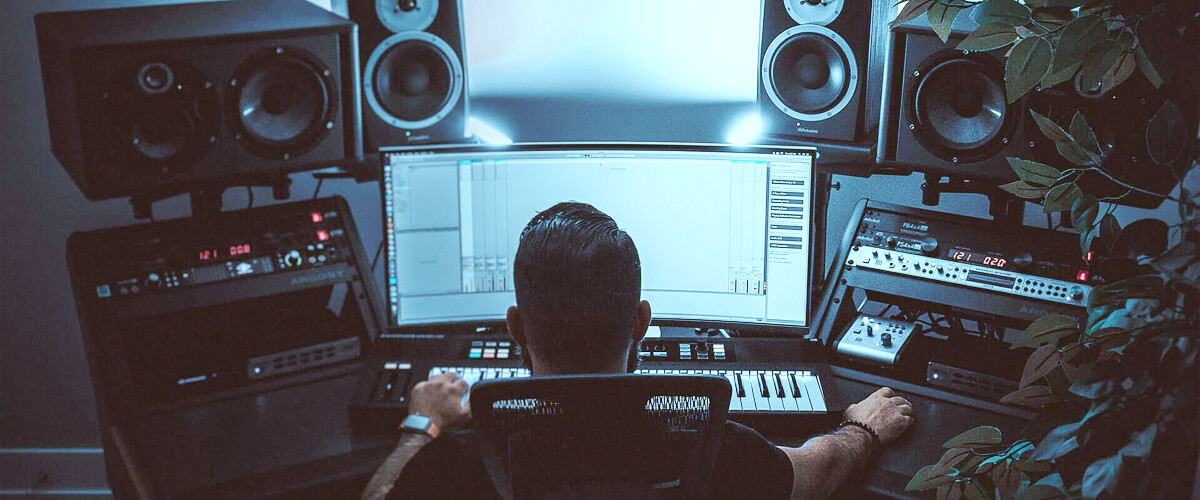
As you’ve already realized, samples in music are the real gems. But like any nugget, you have to search hard to find it. Let me tell you where to dig for them.
- Websites like Splice, Sounds.com, and Looperman serve as bustling marketplaces. Here, you can browse, buy, or sometimes even grab these sonic treasures for free.
- Creative minds, driven by their passion for music, share their works on platforms like YouTube under a Creative Commons license. This means you can explore and use these tracks as long as you honor the license terms and give credit where it’s due.
- Amid the excitement of finding ready-made snippets, don’t forget the joy of creating your unique sounds. Capture sounds from your environment, coax melodies from your instruments, or experiment with synthesizers.
Each snippet you discover or craft has the potential to build your identity as a creator. Enjoy the hunt!
Editing and processing samples for music production
Once you’ve acquired your snippets, it’s time to make them truly your own.
Imagine your samples as raw clay; processing and effects are your sculpting tools. Adjust the EQ to emphasize certain frequencies, add reverb for a spacious feel, or apply distortion to give them a gritty edge.
MIDI effects let you control various aspects of your snippets in real time. You can make them do all sorts of things in real time, like changing the pitch or making them play cool patterns. With a sampler, you can chop, pitch, and layer your snippets, creating entirely new textures. Synthesizers open the door to endless sonic possibilities, while drum machines let you craft the rhythm of your dreams.
Experiment with different sounds, techniques, and effects. Try reversing a snippet, time-stretching it to create eerie textures, or layering multiple samples for a lush sonic landscape. It’s all about discovering your unique voice.
Editing and processing snippets is my favorite part of the job. Thus, I feel my creativity blossom and the ordinary turns into the extraordinary. So dive in and experiment!
Conclusion
Summing it all up, sampling is more than just plucking sounds; it’s a unique opportunity to express your creativity. So, embrace your inner explorer, dare to experiment, and forge a path to something refreshingly new. Ultimately, your audio will be the canvas where your distinct voice and style paint an unmistakable masterpiece, uniquely yours.
We are supported by our audience. When you purchase through links on our site, we may earn an affiliate commission at no extra cost to you.
Our newsletter
* We will never send you spam or share your email with third parties

